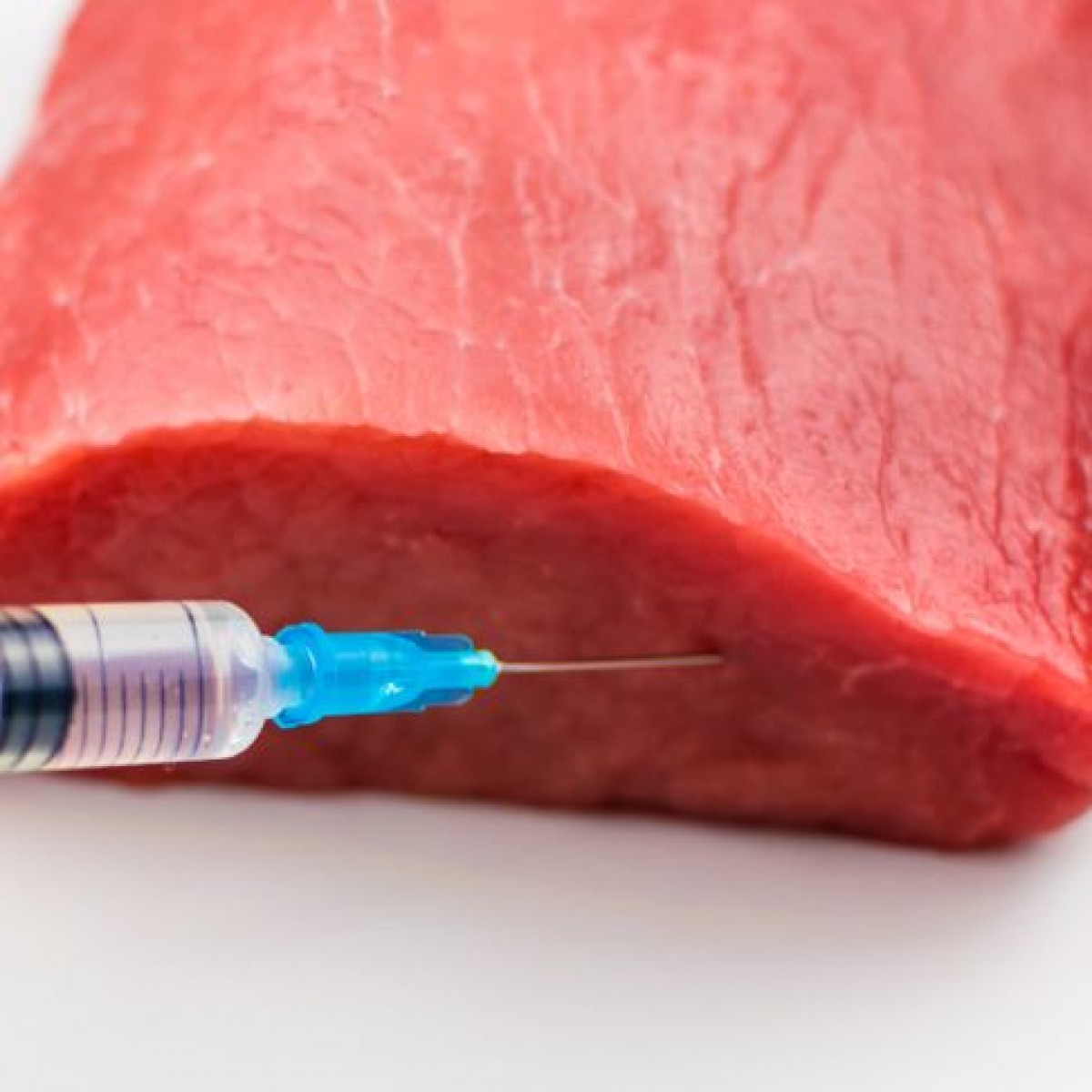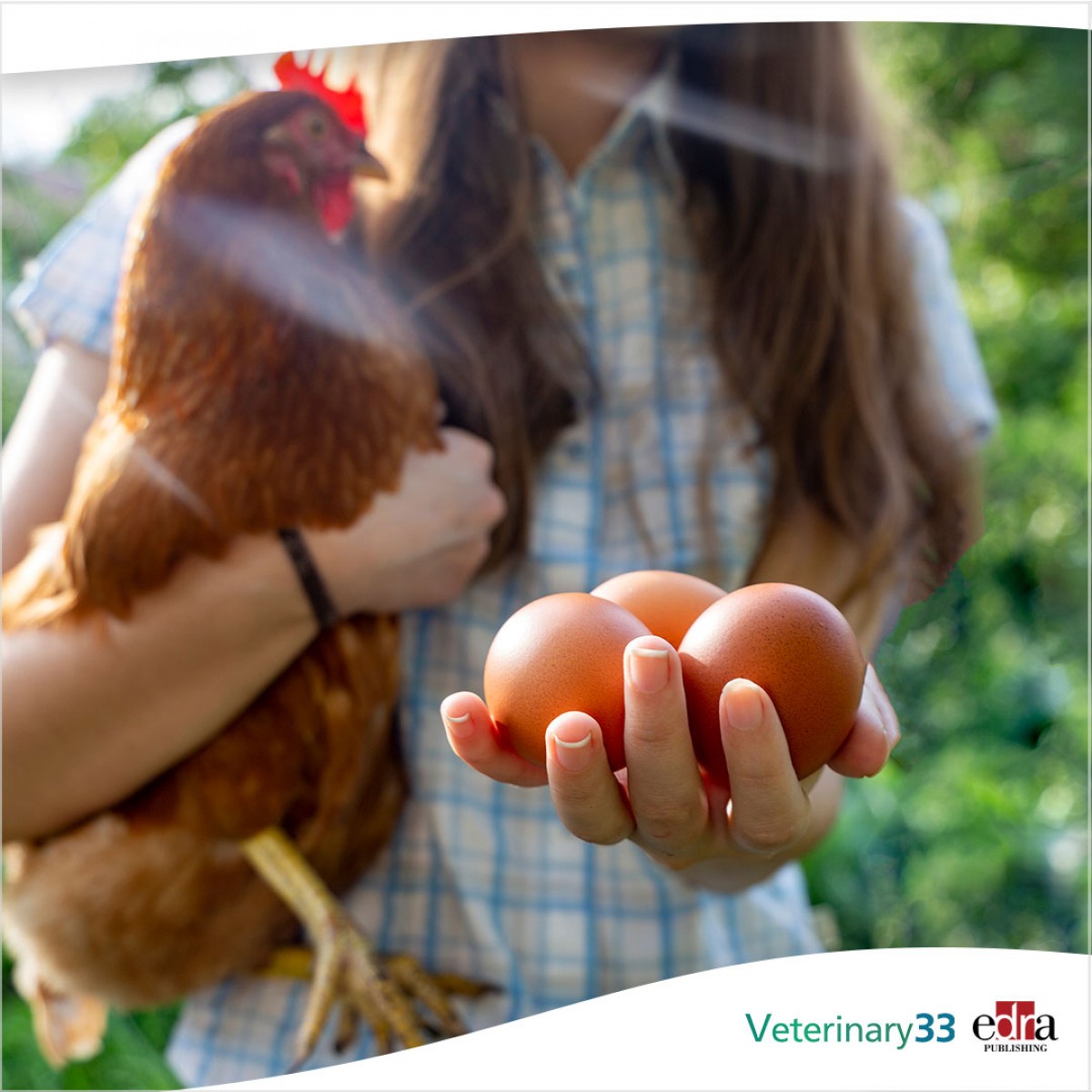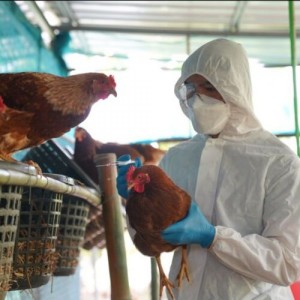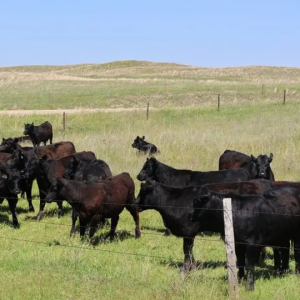The European Union One Health 2022 Zoonoses Report
Background
Zoonoses are infectious diseases that are transmitted between animals and humans, and are caused by harmful microorganisms such as bacteria, viruses, fungi and parasites. People may be infected by zoonotic microorganisms through direct contact with infected animals, indirect contact with the environment, and objects (fomites) or surfaces that have been contaminated by zoonotic agents. Other sources of infection include contact with, or bites from, arthropod vectors (vector-borne diseases), and the consumption of foodstuffs, including water, that have been contaminated by zoonotic agents (foodborne and waterborne diseases).
Data sources
Every year, the European Centre for Disease Prevention and Control (ECDC) and the European Food Safety Authority (EFSA) collect data on zoonotic diseases from the European Union Member States (EU MSs) and other European countries. These data cover the occurrence of zoonotic microorganisms in food and feed sources, food-producing animals, companion and wild animals, as well as human zoonotic illnesses and human cases related to foodborne outbreaks. ECDC and EFSA analyse the collected data and prepare an annual report describing the occurrence of zoonotic agents in the different sources and the trends for zoonotic agents in humans, food and animals. Descriptive statistics and trend analyses are produced for each zoonosis, taking into account the data quality and the data collection scheme (e.g., coverage of the population for data deriving from surveillance in humans; sampling design for data concerning food and animals). These analyses aim to provide veterinary and food safety authorities, as well as policymakers and other stakeholders, with information useful for planning actions to reduce the burden of disease associated with zoonotic pathogens, and ultimately the number of human cases. The collection, analysis and interpretation of these data are conducted following a “One Health” approach, which brings together human, animal and environmental health.
Scope of this report
This annual report provides detailed occurrence data on the main zoonoses reported by the EU Member States and other European countries. Data are reported to EFSA by the MSs’ food safety and veterinary authorities and to ECDC by their public health authorities. Besides the zoonoses for which data reporting is mandatory, data on other zoonoses may be reported, depending on how frequently they occur. The former include well-known agents that cause food poisoning, such as Salmonella, Campylobacter and Listeria monocytogenes, while the latter include less common and emerging zoonotic agents such as Yersinia enterocolitica and West Nile virus. Data on bacterial toxins and biological amines such as histamine are also collected, and data concerning foodborne disease outbreaks occurring in each Member State are reported annually to EFSA as well.
Main findings and trends in 2022
In 2022, the two most commonly reported zoonoses in humans were the gastrointestinal diseases campylobacteriosis and salmonellosis, with a total of 137,107 and 65,208 human cases, respectively. For campylobacteriosis, a slight absolute reduction of 210 cases could be observed, whereas an increase in the absolute number of cases (+5,039) was recorded for salmonellosis. The observed variations in the absolute number of cases did not influence the rates of confirmed cases per 100,000 inhabitants, which remained the same as those registered in 2021: 43.1 and 15.3 for campylobacteriosis and salmonellosis, respectively.
Controlling the presence of zoonotic microorganisms in food-producing animals is one of the most effective ways of reducing the burden of human illness. National Salmonella control programmes have been implemented for many years in poultry populations (breeding hens, laying hens, broilers, and breeding and fattening turkeys); these programmes aim to reduce the prevalence of those serovars of Salmonella responsible for the vast majority of human cases.
In 2022, 19 Member States and the United Kingdom (Northern Ireland) reached all the established targets for the reduction of Salmonella prevalence for the relevant serovars in the various poultry populations.
Trends in the prevalence of Salmonella target serovar-positive flocks have been reasonably stable in the EU over recent years for these poultry populations, although a significant increase in the prevalence of Salmonella spp.-positive flocks could be observed in breeding turkeys (3.6% in 2022 vs 1.4% in 2016).
Generally, samples collected by the competent authorities at the slaughterhouse for the detection of Salmonella on carcases of different species were more frequently positive than those reported from own-check controls by the food business operators themselves.
The same finding was observed for broilers and fattening turkeys tested in the context of national Salmonella control programmes at the farm level, as well as for Campylobacter quantification results on broiler carcases at EU-level.
The third most commonly reported zoonosis in humans in 2022 was yersiniosis, a disease caused by Y. enterocolitica (or Y. pseudotuberculosis), which is generally associated with the consumption of undercooked pork or vegetables. Next on the list in terms of the number of reported cases were Shiga toxin-producing Escherichia coli (STEC) infections and listeriosis caused by L. monocytogenes. Both Listeria and STEC may cause severe and even fatal foodborne illnesses, especially in high-risk population subgroups, such as elderly, small children, and immunocompromised persons. Infections by L. monocytogenes and West Nile virus were the most severe zoonoses in 2022, with the highest proportions of both hospitalisations and deaths among reported patients. With regard to L. monocytogenes, data on ‘ready-to-eat' (RTE) foods confirm that contamination, when present, remained largely within the designated limits.
2022 was an epidemic year for West Nile virus infection. The number of reported human cases of West Nile virus infection and animal outbreaks increased remarkably in particular in some countries of southern Europe.
This report also provides updates on brucellosis, Coxiella burnetii (Q fever), echinococcosis, rabies, toxoplasmosis, trichinellosis, tuberculosis due to Mycobacterium bovis or M. caprae, and tularaemia.
Foodbourne outbreaks
In 2022, 27 Member States and the United Kingdom (Northern Ireland) reported overall 5,763 foodborne outbreaks (43.9% more than in 2021) and 48,605 human cases (a 49.4% increase compared to 2021). The number of deaths (64) observed in 2022 was one of the highest numbers ever reported to EFSA by the EU in the last ten years. Deaths were mainly caused by L. monocytogenes and to a lesser degree by Salmonella. Salmonella, in particular S. Enteritidis, remained the most frequently reported causative agent in foodborne outbreaks. Norovirus (and other calicivirus) was the agent associated with the highest number of outbreak human cases.
Salmonella in ‘eggs and egg products’ was the agent/food pair most often involved in strong-evidence foodborne outbreaks, according to the data provided by the Member States. However, Clostridium perfringens toxins in ‘other or mixed red meat and products thereof’ (which includes 'meat from deer (venison) - meat preparation - intended to be eaten cooked', 'meat, mixed meat - meat products - ready-to-eat', 'other or mixed red meat and products thereof') was the agent/food pair causing the highest number of cases in strong-evidence outbreaks reported by the EU Member States. The number of outbreaks linked to the consumption of ‘mixed foods’ (including several different types of food preparations and processed foods) increased considerably in 2022 compared with previous years. Notably, in 2022 there was a major multi-country outbreak of a monophasic variant of Salmonella Typhimurium linked to chocolate-based products and involving mainly children. Moreover, two considerable outbreaks were caused by Listeria monocytogenes and Streptococcus equi subspecies zooepidemicus owing to the consumption of ‘broiler meat (Gallus gallus) and products thereof’ and 'cheese made from unpasteurised milk', respectively. Outbreaks involving these two pathogens alone caused the highest number of zoonosis-related deaths in single outbreaks in 2022.
Source: https://www.efsa.europa.eu/it/node/18109














List
Add
Please enter a comment